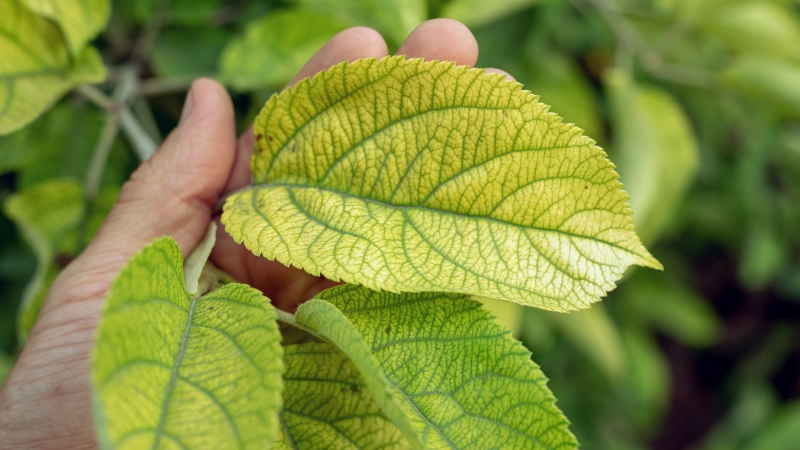Trade Dynamics Putting the Squeeze on California Citrus
During my two seasons with California Citrus Mutual, our growers enjoyed one of the best seasons ever and most recently endured one of the worst seasons ever.
This last season, much of the industry saw grower returns were significantly below cost of production. Fruit was juiced in the field for returns less than the cost to harvest. This was done in order to avoid packing charges and to try and bring some stability to the market. Some growers even had to harvest fruit and drop it to the ground, suffering huge losses just to get ready for the upcoming season.
While there were many reasons for the difficult season, trade dynamics in China and across the globe, in my opinion, is the main reason for this devastating season.
China
The California citrus industry is an unintended victim in the trade dispute with China. Normally, we send about $200 million worth of product into the Chinese market through the mainland and Hong Kong.
USDA estimated that the citrus industry would face $58 million in losses due to Chinese tariffs. With California being the major player in export sales to the U.S., the Food Purchase Program was the best of the available trade mitigation options presented by USDA. It moved California citrus that would have normally been destined to China off the market and into food banks across the U.S.
Other commodities have opted for Market Facilitation Payments, but direct payments to citrus growers was not the best option at the time because of rules governing the program would have spread the benefits too thin across the rest of the country, which was not directly impacted by China trade.
While we are appreciative of the support, the impacts to citrus were far greater than USDA anticipated. As a result, they have increased available funds for citrus through the food purchase program to $104 million. This is reflective of the damages from the prior season, but is not expected to cover the impacts ahead of us.
Depending on the day, China has increased tariffs on all agricultural products and/or announced that they would not be purchasing any U.S. agricultural products. This uncertainty in the marketplace will lead to significant impacts beyond the $104 million in aid, if not cause us to lose the market completely. No matter the aid, millions of cartons lost in the Chinese market will lead to increased competition in other markets, giving retailers an upper hand in pricing negotiations.
Imports
Compounding the China situation were larger than normal volumes of Southern Hemisphere citrus in the U.S. at the beginning and end of our typical season. These volumes led to a delayed start with depressed pricing. The hope was that we could get through the glut of product that existed early on and regain the market share. That hope diminished as the season dragged as marketers were unable to regain pricing necessary for profitability.
The trend of increasing competition from imports continues as more and more production is expected from developing countries around the world. This new citrus currently doesn’t have a home and the U.S. market is one of the most desirable in terms of profitability for countries who have significantly lower costs of production. The citrus market is saturated with foreign competition, with additional countries waiting to gain access to provide additional competition and thus lower returns for growers if the trend continues.
Trade Policy
The policy of the U.S. for many years has been free trade. Our country believes that open markets lead to better prices for consumers and expanded export markets around the world. In theory free trade is beneficial to all, but in practicality is exploited by countries that are not as transparent as the U.S. These countries play by a different set of rules and have put up barriers to protect their domestic industries to the detriment of the U.S. The current President has correctly identified the problem and is implementing a strategy to fix it. While the pain is real and can’t be maintained long-term without significant aid, the citrus industry will benefit if the effort is ultimately successful.
The difference between success and failure is often a very slim line, especially in agriculture. In the field that can mean an application at the right time that successfully manages a pest and keeps a crop viable in the market. In the marketing world, that can mean there are more buyers than sellers, or a perception that you have a product that they cannot get anywhere else. In global trade, it means that you have less to lose than the other country. Generally, the U.S. has leverage with China and across the globe, but we have rarely been willing to use it.
Holding Course With China
All this uncertainty in trade and marketing left citrus growers holding the bag this past year. Retailers were given the upper hand in negotiations. Just that slight shift in leverage led to a race to the bottom in order to move product and get something in return. Significant pain was felt far beyond what USDA could offer through the mitigation packages, as the impacts occurred well outside of direct trade with China.
The solution, however, is not to drastically change course in China. There are problems that need to be fixed and we are glad that the administration is taking on the issue while we still have leverage. The California citrus industry has stood with the administration and believes the best solution is a quick and successful agreement with China. That negotiation takes longer if agriculture succumbs to the pressure China is intentionally placing on us. In the meantime, we will buckle up and work with the administration to enhance the mitigation support to keep our growers as whole as possible. Strengthening support for agriculture sends a strong message to China that they cannot use agriculture as a pawn in the negotiations.










